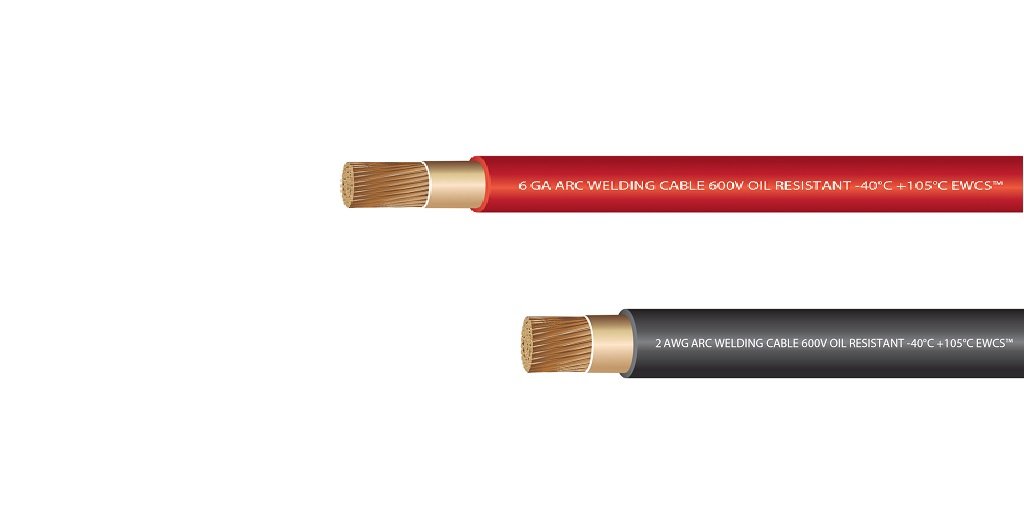Take a walk through any modern car factory and you’ll see it—robots welding chassis, conveyor belts moving parts with perfect timing, sensors guiding every step of production. This isn’t science fiction. It’s the power of industrial automated systems at work in the automotive world.
From assembly lines to quality checks, automation is not only streamlining production but redefining what’s possible in car manufacturing. And it’s happening fast.
👉 See how Industrial Automated Systems are driving innovation across the automotive sector.
What Are Industrial Automated Systems?
Let’s break it down. Industrial automated systems are a combination of machines, control systems, sensors, and software designed to perform tasks with minimal human input. These systems can weld, paint, assemble, inspect, and even test components—working 24/7 without a break.
They’re not just tools; they’re the brains and muscle of modern manufacturing floors.
Why the Automotive Industry Loves Automation
The car industry runs on tight deadlines and even tighter tolerances. If something’s off by a fraction of a millimeter, it can cause a ripple effect down the line. That’s where automation shines.
With industrial automated systems, automotive manufacturers can:
-
Speed up production
-
Reduce human error
-
Lower labor costs
-
Improve product consistency
-
Enhance worker safety
In short, automation offers a smart, scalable solution to many of the industry’s biggest challenges.
1. Precision in Manufacturing
Today’s vehicles are built to exact specifications. Whether it’s the spacing of a bolt or the curve of a panel, precision is key.
Industrial robots can perform tasks like welding and drilling with pinpoint accuracy, ensuring every part fits perfectly. These systems don’t tire or lose focus—giving them a big edge over manual labor in high-volume settings.
2. Faster Assembly Lines
Gone are the days of fully manual assembly. Automated systems now handle major parts of the assembly line, from placing engines to fitting windshields. Conveyor systems, robotic arms, and intelligent transport units all work in sync to keep things moving.
The result? More cars produced in less time—with fewer mistakes along the way.
3. Quality Control Made Smarter
Catching defects early saves time and money. Automated vision systems are now used to inspect paint finishes, check alignment, and verify dimensions. These tools can catch errors invisible to the human eye.
When integrated with AI, they can even predict potential failures before they happen. That’s a major win for both manufacturers and customers.
4. Safer Work Environments
Let’s face it—some tasks in automotive plants are dangerous. Think welding, heavy lifting, or handling hazardous materials. Automated systems take on these risky jobs, reducing injuries and making factories safer for everyone.
Collaborative robots (or “cobots”) work alongside humans, assisting with heavy or repetitive tasks while keeping safety in check.
5. Customization Without Slowing Down
Today’s car buyers want options—color, tech, wheels, you name it. That used to be a headache for production teams. But thanks to automation, even high-mix, low-volume production is efficient.
Flexible systems can adjust on the fly, assembling different models or versions without major downtime. That means more personalized cars without sacrificing speed or quality.
6. Reduced Operational Costs
It might seem like a big investment upfront, but automation pays off quickly. Less scrap, fewer errors, and faster cycle times all add up to big savings.
Plus, automated systems work around the clock. No sick days. No shift changes. Just consistent output day after day.
Looking to upgrade your factory with smart solutions? Explore advanced industrial automated systems tailored to your automotive workflow.
7. Data-Driven Decisions
Modern automated systems don’t just perform tasks—they collect data. Tons of it.
Sensors track everything from temperature to torque, helping manufacturers understand what’s happening in real-time. This data can be used to fine-tune operations, predict maintenance needs, and continually improve efficiency.
It’s not just automation—it’s smart automation.
8. Easier Integration with Digital Tools
The automotive world is diving into Industry 4.0, where machines, software, and humans work in harmony. Automated systems can connect seamlessly with CAD programs, ERP platforms, and digital twins—creating a connected, intelligent factory.
This integration helps reduce downtime, optimize inventory, and improve overall productivity.
9. Enhancing Electric Vehicle (EV) Production
As the shift to electric vehicles gains momentum, manufacturers face new production challenges—like assembling battery packs or handling high-voltage components.
Automated systems are being adapted to meet these demands, offering the speed, safety, and precision required to build EVs at scale. It’s no exaggeration to say they’re fueling the EV revolution.
10. Training and Workforce Evolution
Automation doesn’t mean people are out of the picture. It just means roles are evolving.
Instead of repetitive manual labor, workers are being trained to operate, program, and maintain these high-tech systems. Upskilling the workforce is now a key focus for automotive companies looking to stay competitive.
And that’s a good thing—more opportunity, better safety, and higher job satisfaction.
Final Thoughts: Automation Is Driving the Future of Automotive
From welding to final inspection, industrial automated systems are reshaping every corner of the automotive industry. They’re faster, safer, smarter—and they’re not going anywhere.
Whether you’re a car enthusiast, a factory manager, or just curious about tech, one thing is clear: the future of car manufacturing is automated, intelligent, and incredibly exciting.











Leave a Reply